On the 2nd October 2016, 28 students and 4 teachers from South Island School, Hong Kong, visited the Tasikoki Wildlife Rescue Centre for a week of educational activities and volunteer opportunities.
Belinda Ng, one of the pupils from South Island School and a junior reporter for South China Morning Post; Young Post, has shared with us her account of the “Masarang Experience”. Belinda’s journal makes for a truly inspiring read and we are delighted that she has returned to Hong Kong with the determination and motivation to carry forward what she has learned. She is indeed a ‘ Masarang environmental ambassador’ and we are confident that some of the other hard-working, dedicated members of the group will also become environmental ambassadors in Hong Kong. We look forward to hearing more about the positive changes that Belinda and the other students will be making in and around Hong Kong as a result of their school trip to Tasikoki Wildlife and Rescue Centre, Sulawesi, Indonesia.
Indonesia CAS week, by Belinda NG
For someone who has lived in the concrete jungle of Hong Kong all her life, this trip into the lush tropical jungles of northern Sulawesi, Indonesia, was a once in a lifetime experience that I will never forget. Away from the crowded, fast-paced way of living, the five days I spent at the Tangkasi eco-lodge in the Tasikoki Wildlife Rescue Centre gave me invaluable insight into the rampant problems of animal trafficking and deforestation in the region.
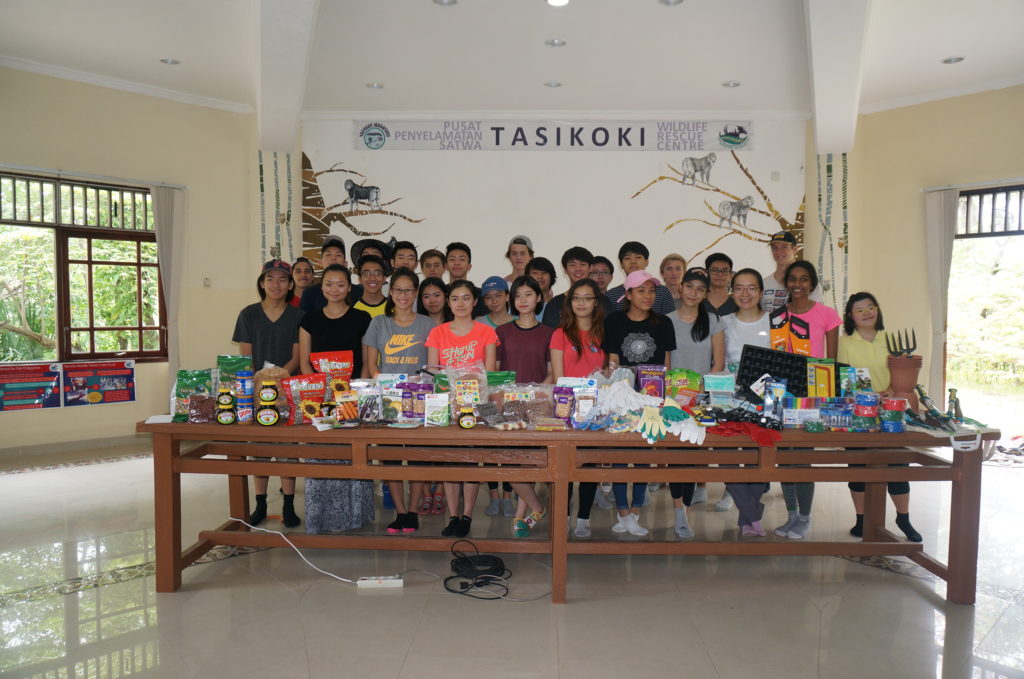
Day 1 Welcome to Tasikoki
Our week began with the collections of all the donations brought in from Hong Kong, alongside introductory sessions on the role of the centre, as well as the biodiversity in the region due to Sulawesi’s geographical location. This was particularly helpful in allowing us to really see things in context, to comprehend the causes of the illegal wildlife trade, and connect it with the activities we would be doing throughout the week. We also learnt about permaculture from Olof and Anna, a very interesting way to understand the need for sustainability and how we can work with nature for shared benefits.
Next, we were taken on a tour around the centre to see the animals. The rescue center focuses primarily rescue, rehabilitation, and release of animals from the illegal wildlife trade- however, as we soon found out, this was a task easier said than done. Identifying land for release, trying to training animals for life in the wild after years of captivity, continued deforestation, conflicts with local farmers (which results in animals being killed)… these are only some of the issues facing the animals today, which hinders their chance of getting released. It was my first time seeing sun bears, and we were all very taken by their inquisitive nature. It truly saddened me that their numbers are still dwindling due to extensive habitat loss and intrusions onto farmland. Another particularly memorable moment was hearing the cockatoo’s say “pagi” (good morning in the local language) in a very realistic way. Whilst this may sound humorous, it is a stark reminder of the animals’ traumatic past; they are often cruelly forced to learn this to entertain people when they are pets.
- Making animal enrichments
- Enriching the sun bears
- Trash “art attack”
In the afternoon, we began the rotations for our project sessions. There were four activities we worked on: beach clean up, enrichment, art, and agroforestry (tree planting). All of these project activities allowed us to engage into the daily routines of volunteers at the rescue centre. I particularly enjoyed making the enrichment for the sunbears and birds; the animals didn’t waste time digging up our hidden enrichment foods at all. Whilst the sun bear enclosure cleaning was not the most pleasant task at hand, teamwork was key in helping us empty out all the poop in record time. In addition, the artwork project session was very fulfilling- turning the trash collected from the beach clean-up sessions into a piece of artwork retained a very powerful message of the importance of keeping rubbish out of our oceans.
Day 2 Grasshoppers and Turtles
We awoke in time to rush up to the top of the tower at the eco-lodge to glimpse the early morning sky; little did we know the stunning view was only the beginning of another fruitful day.
Accompanied by the early morning howls of the gibbons, we made our way into the forest, or“wonderland” as the volunteers call it, to begin foraging for the animals. On the bug hunting team, we were quick to learn about the two primary ways of bug hunting; it was a real trial of our reflexes for those of us who were still sleepy! I was quick to discover that the real challenge actually came from locating these perfectly camouflaged animals. Along the way, we also spotted many species of spider, as well as cool insect eggs within the bushes. After a very productive foraging session, a few preying mantises also joined the breakfast menu for the rescue animals. Having fed and delivered breakfast to the primates, we then headed off for our breakfast and continued project sessions.
In the afternoon, the occasional drizzling rain didn’t dampen our spirits due to the prospects of going to a beach for some fun and games. For me, however, I was crossing all my fingers and toes for the sighting of baby turtles hatching! We worked to construct a “turtle highway” for the baby green turtles by smoothing out the sand so it was easier for them to enter the sea. Our work paid off; the first baby emerged from the sand about thirty minutes before it got dark- a brave lone traveller that didn’t stop crawling until it met the sea. Soon, others followed, and we helped to guide them to the sea with our torches.
This had been one of my long time bucket list goals, so it was by far the most memorable moment for me on this trip. It is shockingly sad to learn that out of a hundred turtles born, statistically only two will make it to adulthood and nesting age due to human activity, pollution, plastic waste, and beach disturbance. The Tulap turtle beach is a brilliant example of what is being done to help protect these endangered turtles, and I can only hope that these baby turtles do manage to survive to come back some day, amidst gradual human encroachment into their lives.
Day 3 Ocean Exploration
We were all up bright and early and excited for the day’s events: snorkeling! We boarded the snorkeling boat, and headed out to the dive spots for the day. Having been split into two groups for snorkeling, my group first headed to the beach. However, the abundant diversity of coral and life in the water was already evident just meters away from the shore. We spotted blue starfish, bright blue fish, and many tiny fish! Out at the edge of the reef, the sheer size of the coral was breath taking. Our dive spots were part of the famed coral triangle, an area of sea in the region known as the “Amazon of the sea”- I can see why. Never had I seen such beautiful and bright colours on coral, and their intricate fan shaped or branch-like designs were mesmerizing. There was also brain coral and many other species that were bigger than my dining table. I also successfully found Nemo and Dory within the coral reef!
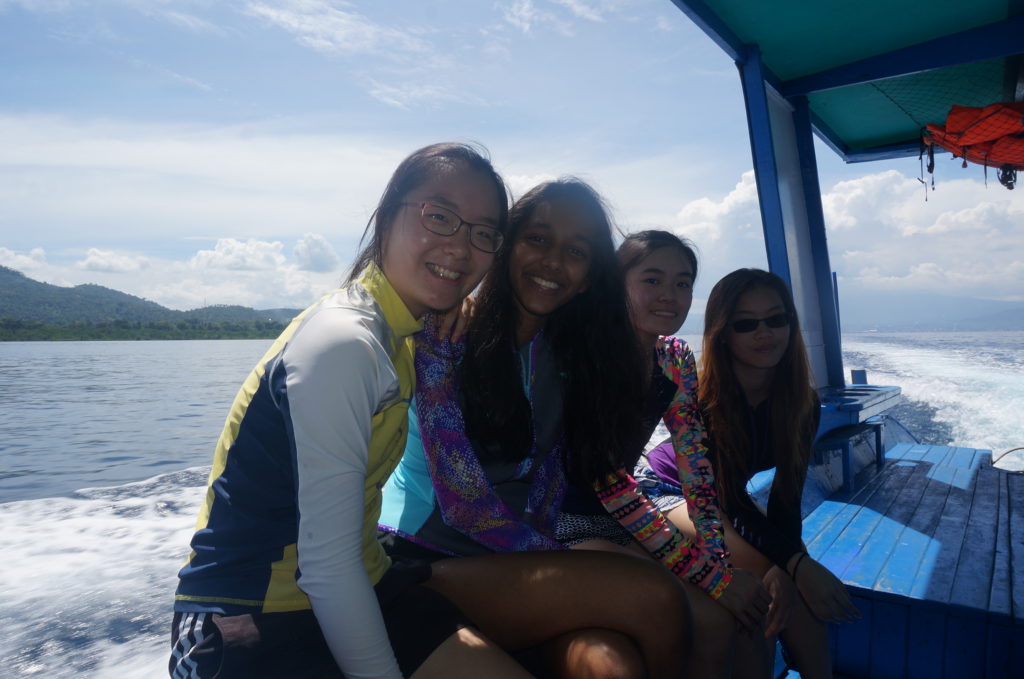
Lunchtime was followed by a beach clean-up. We discovered all sorts of things washed up on the beach, the most peculiar being an old TV set, but mainly lots and lots of polystyrene. Seeing this up first hand really made me realize the importance that we stop using all of these plastics right now.
The weather took a turn for the worst after lunch, but this was an adventure in itself. As the currents grew stronger, it was an entirely new world at our second snorkeling site- the reef tinged with a new darker colour due to the increase in sediment, and it was harder to swim alongside the reef in the rain, but there were huge shoals of fish at this dive spot that made swimming alongside them all the more magical.
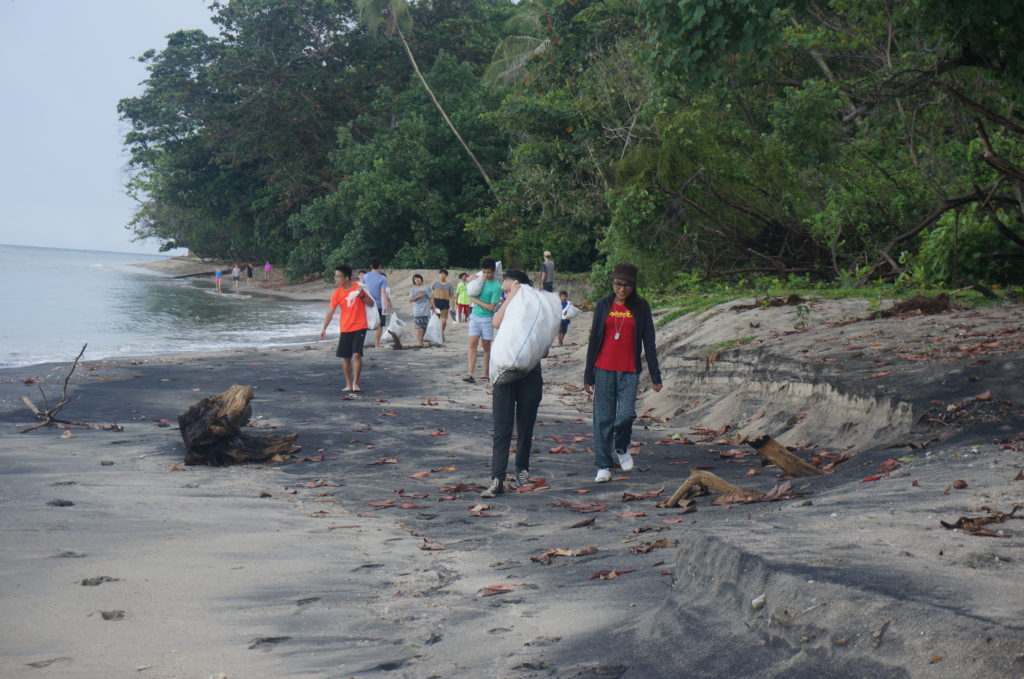
On our way back though, the skies unleashed its water on us, and as we sped into a giant rain cloud, nothing was left dry. So when we arrived back at the diving center, everyone took the chance to jump into the warm swimming pool. This proceeded into a game of Killer Ball with the locals; the extensive splashing and high speed game was an exciting way to end a fun and freezing day.
Day 4 Sugar Sugar Sugar
Today, we headed to visit Tomohon, a key area for the Masarang foundation. We visited a sugar palm farmer’s hut, and learnt more about how tapping this sustainable form of palm sugar has supported him, and given his children the chance to get proper education. We then headed into the forest in Rurukan to plant some more sugar palms. Next, it was time to see the sugar palm factory and Village Hub; we had the privilege of having Dr Willie Smits on-site to show us around. As it turns out, Mother Nature truly does produce the most efficient designs. The different parts of the sugar palm tree can be utilized in so many different ways, whether it may be for construction material, sugar production, biofuels, and even alcoholic drinks. We got the chance to taste some of its products, and learn about the ingenious way in which all of the resources in the area have been utilized in a sustainable way to produce bags of sugar that is then sold for profit. This “closed-system” design also efficiently caters for any waste products, which are then reused- imitating how things work in nature!
After lunch, we hiked up to see the stunning Mahawu volcano crater, and we got the chance to watch a cultural dance at Masarang mountain in the village of Rurukan. The main learning point for today is that there is hope for us to work alongside nature and learn to use it sustainably; that way, everyone benefits.
Day 5 Animal Encounters and School Visit
The day began early again with the final foraging session during our stay here. Foraging in the bushes for fresh leaves was an invaluable learning opportunity in itself; I saw different types of coloured fungus, giant beetles, and mint leaves in the forest. We then fed the deer, long-tailed macaques, and Wallie the wallaby, before heading off to breakfast ourselves.
After that, I chose to do some more enrichment for the birds. It was a cool experience to actually enter the bird enclosure to see the beautifully coloured birds up close and watch them enjoy the enrichment we made for them. My group and I also met the resident Cassowary- a prehistoric looking bird with a giant rumbling call.
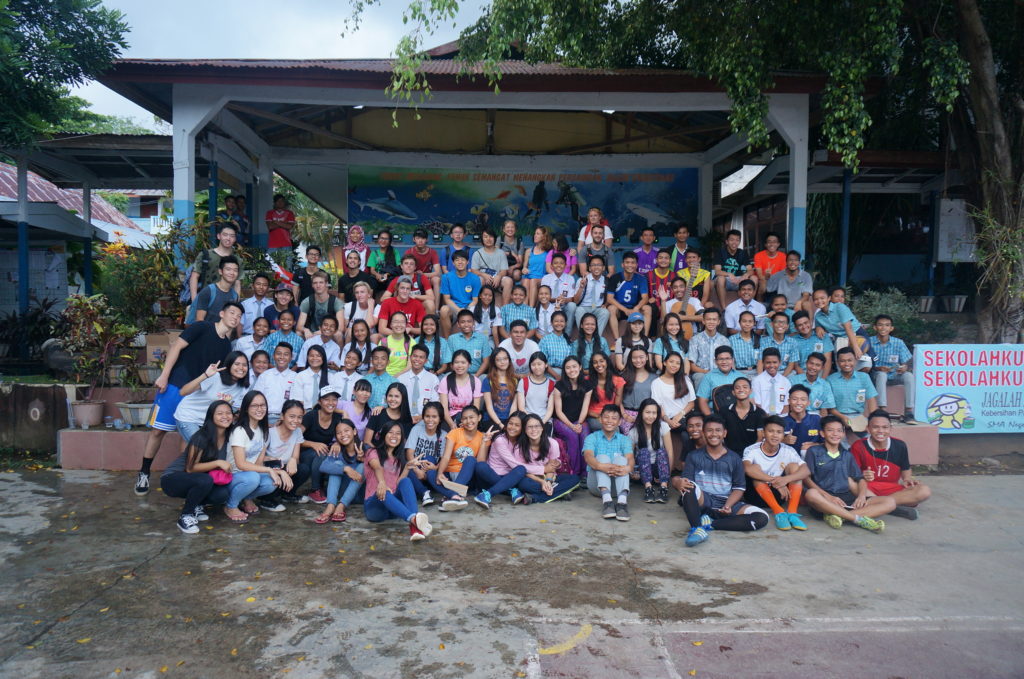
In the afternoon, we headed to a local secondary school to exchange with students our age there. We split into mixed group for a discussion session, and I had my first experience of learning to speak in the local language to describe my favourite animals. It is important to realize the significance of education about environmental protection to the next generation; only through gaining awareness that protection of the forests will allow everyone to benefit, will the deforestation in the region cease to exist, and this begins with education.
I especially enjoyed learning the local clapping games and songs- regardless of the language barrier, everyone was eager to exchange different games, and we all had a lot of fun.
Time passed all too quickly. An afternoon of laughter, smiles, and fun concluded as it started to get dark. We were informed that a giant reticulated python that had swallowed a pig whole had just arrived at the rescue center- a reminder of the importance of the Tasikoki wildlife rescue center in protecting both the animals and the local people in the region.
For me, these five days of volunteering at Tasikoki has served as a truly inspiring wake-up call for me. We often learn about all these environmental problems from the news, but actually arriving into the midst of these problems in Sulawesi and doing our part to help out really helps to put things into new perspectives. I learnt that there are ways we can work with nature in a sustainable manner. That way, the environment AND the people can benefit. I return back to Hong Kong feeling inspired and full of hope for all the possibilities for change in the future.
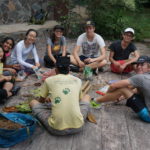
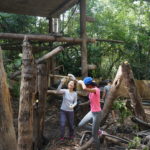
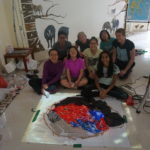

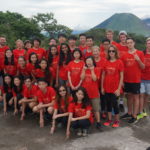
Leave a Reply